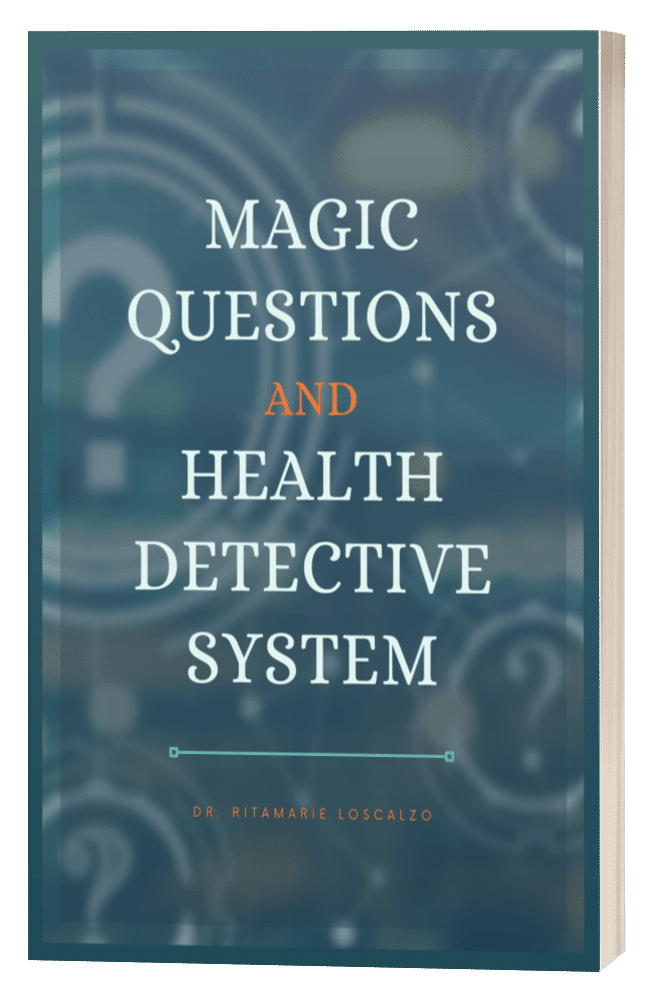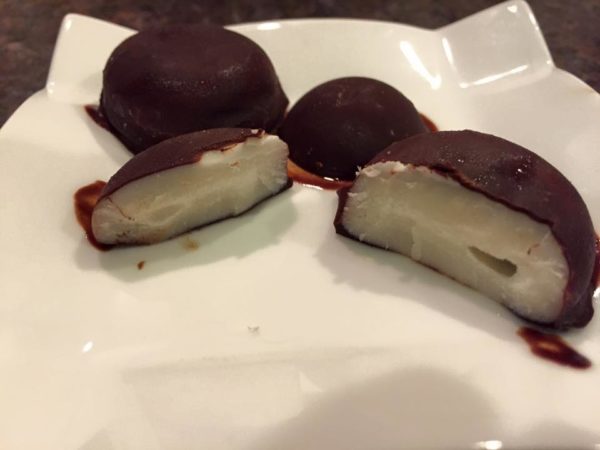

You’re not alone. This is a problem shared by many. So quit chastising yourself.
Comfort eating most likely started when you were very little. Some well meaning adult offered you a lollipop to soothe the hurt when you scraped your knee. You felt better and a neural pathway was created. The event was repeated and the pathway got reinforced. Now every time you feel a certain way, you reach for food to soothe the associated emotions.
I know it often feels like it’s out of control and you’ll never be able to stop the roller coaster long enough to get steady, but, in my two decades plus of clinical experience, I’ve noticed that many people do succeed at getting off the out of control ride and achieve the energy, strength and excellent health they desire.
Today I’m going to share a few tips from Chapter 5 the Vibrant Health Mindset Course I created witht eh help of Registered Dietitian and nutrition counselor Jane Harden, RD, LD, MS . We have devoted a large part of a chapter to techniques you can use right away to tame the emotional eating demon and get your diet habits under control. Ready?
Here’s a short-cut process to use when you’re caught unprepared for the situation at hand, and can be used to get you out of trouble. It might take a few attempts to get this to work because the emotional eating response is burned into your brain.
Strategies for Overcoming Emotional Eating
The first step is to identify the emotion you’re feeling that has caused you to turn to food for comfort.
1- Are you tired? It’s very common for people to turn to food when feeling weary. The problem is, the food usually makes the tiredness worse. If you’ve identified that you’re tired, take a break. Even sitting quietly and closing your eyes for just 5 minutes could offer the refreshment you need.
2- Are you lonely? Eating when lonely is a common reaction, yet once the food is gone, the loneliness returns. If you discover that you’re lonely, call a friend, go for a walk and talk to a neighbor or go to a health food store and strike up a conversation in the produce aisle. You never know when a new best friend is ready to appear in your life. If loneliness is a common situation, join a meetup group in an area of interest. There are hundreds of groups on all interests – art , music, hobbies, health…you name it.
3- Are you angry? Many of my clients and patients reach for food to stuff their anger. Instead, work trough the anger. If you are unable to confront the target of your anger directly, write a letter. Even if you never send it, you’ll experience relief.
Work through the list…there are really only 4 emotions…all others fall into one of these categories. Here’s an easy way to remember them – they rhyme: scared, mad, glad, sad. What causes you to eat emotionally? Once you create new behaviors in response to the emotional triggers, you’ll create new neural pathways and the emotional eating pathway will shrivel from disuse.
Outsmart Your Cravings
Here’s an example of a worksheet we’ll be sharing during the live teleclass training portion of the Vibrant Health Mindset process. Complete this in advance so when emotional eating strikes, you’re prepared.
- Make a list of the emotions and the circumstances that trigger emotional eating. Is it visiting your mother, going to restaurants with friends, fights with your partner? What situations (and feelings they illicit) are most likely to trigger you to soothe yourself with food?
- Once you’ve identified the emotions, make a list of the foods that you’d typically turn to to soothe your pain.
- Describe how you feel after eating the food(s).
- Describe what, if any, physical or emotional symptoms eating these foods causes in the short term.
- Make a list of what continuing to eat these foods may keep you from achieving in the long term? (ie vibrant health, strength, stamina, clean arteries, exotic vacations, enjoying your grandchildren, etc
- List at least 3 things you can do instead to soothe the bad feelings?
Here’s where you can use the fun list activity we teach in an earlier chapter .
Using this technique alone can help a lot.
To deepen the process and learn much more about the steps to creating a mindset that results in vibrant health, join us for the Vibrant health Mindset e-course and teleseminar series. It’s a life changing process.
The Video below will give you an idea about the class.
Question of the Day: what do you do to handle strong and uncomfortable emotions?
Answer below.
Love, health and Joy
Dr. Ritamarie
Share this:

Are you feeling stuck?
Do you feel as if something is missing from your practice that's keeping you from delivering breakthrough outcomes for your clients?.
Recent Posts
Our Programs
Nutritional Endocrinology Practitioner Training (NEPT)
The Mastery and Certification tier is our flagship program and provides everything you need to feel confident as a practitioner who knows how to get results that lead to healthy and happy clients.
Functional Assessment Mastery
Explore the relationships between the most important hormones and their relationship with nutrition.
Functional Nutrition Mastery
Learn how to support your clients to eat and supplement in a way that reduces and eliminates chronic symptoms.
Medical Disclaimer: The information on this website is not intended to replace a one-on-one relationship with a qualified health care professional and is not intended as medical advice. It is intended as a sharing of knowledge and information from the research and experience of Dr. Ritamarie Loscalzo, drritamarie.com, and the experts who have contributed. We encourage you to make your own health care decisions based upon your research and in partnership with a qualified health care professional.
Disclosure: Sometimes (but not always), when I share resources in my programs, newsletter, and on my website, I'm using an affiliate link, which means I do make money if you buy. My credibility is extremely important to me; therefore, I only endorse the products, services, and people I believe in. DrRitamarie.com is independently owned and the opinions expressed here are my own.
Click here to see our Privacy Policy.











[…] Deal with your emotions. For many people, food is an emotional thing and a coping mechanism for other things that aren’t right in their lives. If you want to change your mindset about your body, you’ll first have to deal with these powerful emotions. […]
[…] Deal with your emotions. For many people, food is an emotional thing and a coping mechanism for other things that aren’t right in their lives. If you want to change your mindset about your body, you’ll first have to deal with these powerful emotions. […]
[…] article on Emotional Eating is printed with permission form Dr. Linda Berry Dr. Linda is a long time friend and colleague. I […]
[…] create the actions necessary to lead you there. A simple action is to look at your calendar and prepare for the coming days, or even […]